How to create an accessibility statement
 Certified Article
Certified Article
The content of this article is certified for accuracy by the Digital Accessibility Centre.
Accessibility Statements
Accessibility Page
What is an Accessibility Statement?
An accessibility statement provides disabled or disadvantaged users with information they may require to help access specific webpage elements or the website as a whole. It is intended for people who experience difficulty when accessing a web site. The main reason for including an accessibility statement is to help people to overcome any accessibility barriers that may be encountered.
What about Content and Presentation?
A website Accessibility Statement can vary from a short statement of compliance to a lengthy technical document; however, both approaches have their drawbacks as short statements of compliance lack the necessary type of information that can help people use a website, while lengthy technical documents can be too overwhelming for some visitors to understand.
There appears to be a general lack of understanding as to why an Accessibility Statement should be included on a website, and what should be included within it. It could be argued that this situation has arisen due to the lack of agreed guidelines or standards for writing an Accessibility Statement. Additionally, there are currently many opinions and approaches regarding suitable content and presentation.
Why should I implement an Accessibility Statement?
An Accessibility Statement is an information page intended to compliment a website. It has been stated that if a web site is accessible, an accessibility statement isn’t necessary; those who need require accessibility elements to access a website should find it intuitive and easy to use. However, there is a strong case for the inclusion of an Accessibility Statement even on a website that is considered “accessible”.
a. The presence of an accessibility statement has become very common. Many people with accessibility needs look for the accessibility statement immediately after landing on a website homepage. Its absence may cause visitors to question the accessibility level of a website before continuing, and more importantly, whether the organisation lends weight to the issue of accessibility in general.
b. Providing any required information about accessibility features and enhancements can prevent easily avoidable frustration, and assist a user in getting the best experience from a website. Even on an accessible, intuitive website, having this information readily available could make it quicker and easier for people to customise their experience and, therefore, their accessibility requirements.
c. Details and instructions about accessibility features and enhancements can benefit inexperienced users who may need further guidance and education.
d. The presence of an accessibility statement is recommended within Public Sector Bodies (Websites and Mobile Applications) (No. 2) Accessibility Regulations 2018, stating that an Accessibility Statement should summarize an organisation’s accessibility policy and reflect the current accessibility state of the website in question.
The inclusion of an accessibility statement benefits both the organisation and the people who use their website. For an organisation, the accessibility statement enables them to show visitors an on-going commitment to development with accessibility in mind, conforming to recognised standards, and meeting all legal obligations. For visitors, the accessibility statement can offer the information and confidence needed regardless of ability.
Requirements
- An accessibility page has been included on the site.
- An accessibility link has been positioned at the top of the page and appears within the top navigation.
- A skip link has been implemented to take the user to the accessibility link if positioned at the bottom of the page.
Full explanation
An accessibility page should contain the following:
- Tips on using the website with a range of assistive technologies.
- An accessibility statement of intent outlining the guidelines and standards the site aims to follow.
- Any known exceptions to the intended level of web accessibility.
- Contact information for reporting difficulties with the website.
Examples of good accessibility statements and further reading:
- The Digital Accessibility Centre website
- The GOV.UK website
- The GOV.UK Design System
-
Understanding accessibility requirements for public sector bodies
-
Sample accessibility statement (for a fictional public sector website)
How to create an accessibility statement was posted on 16/02/2023 @ 14:47

